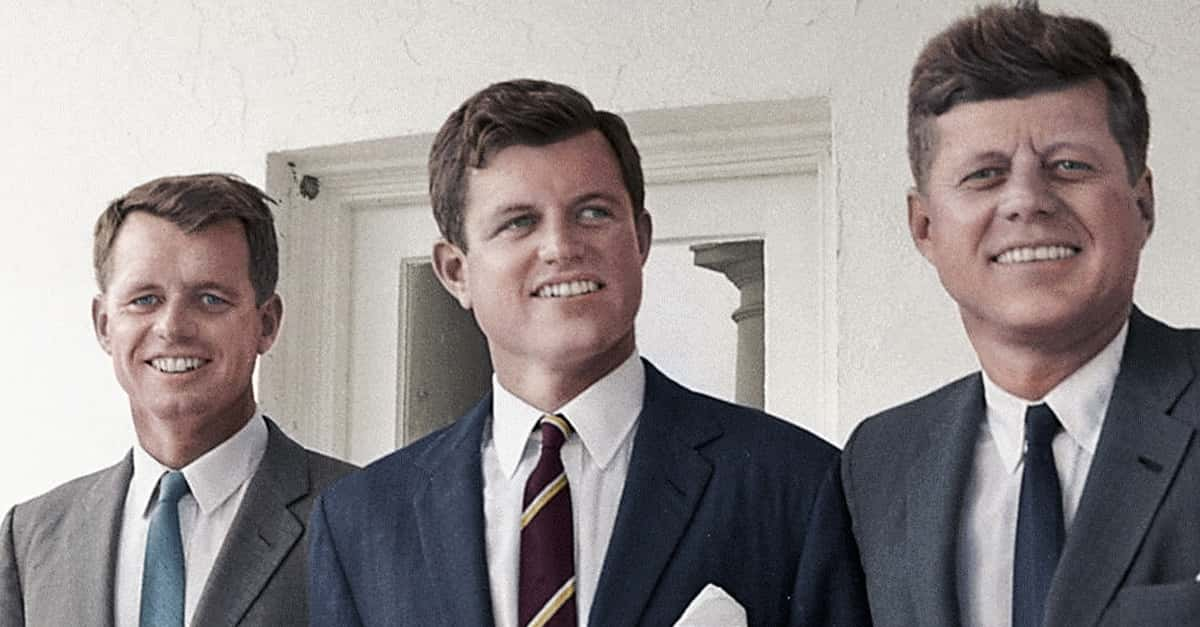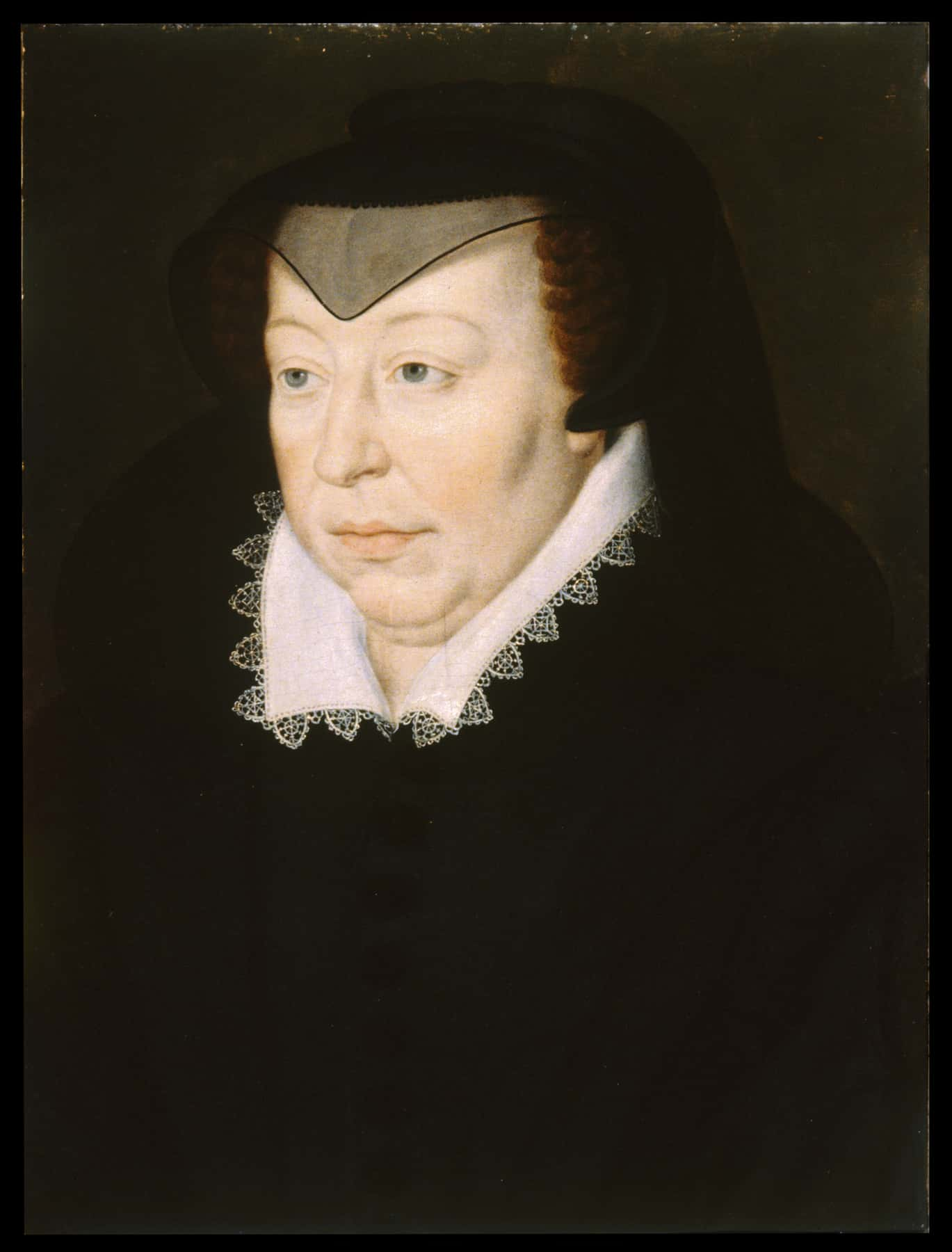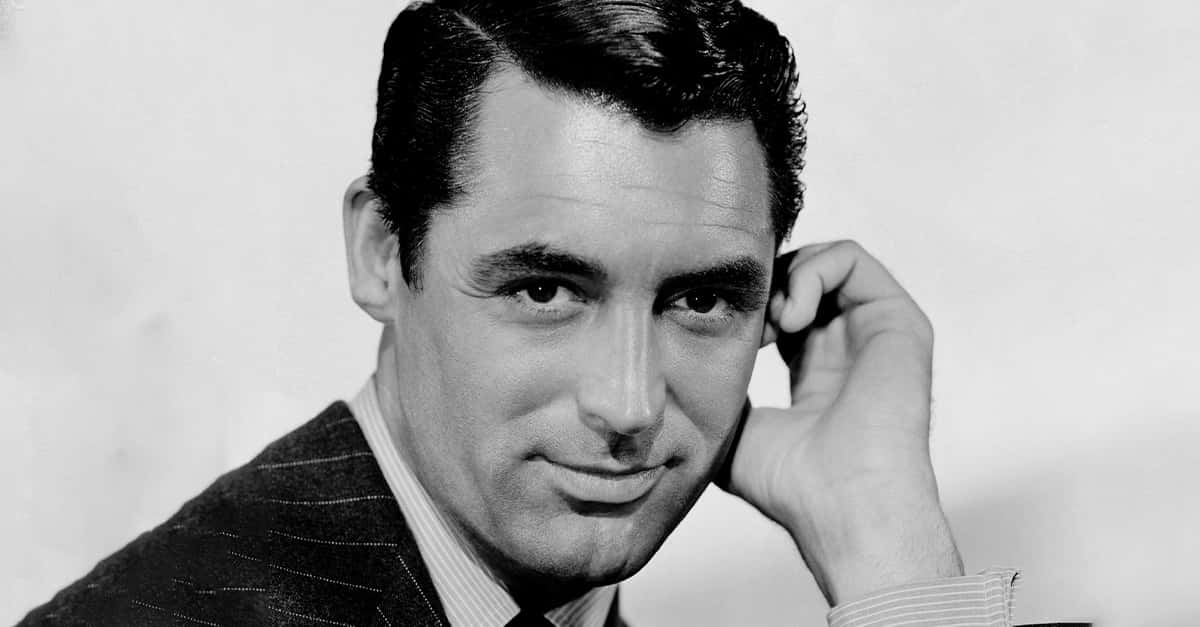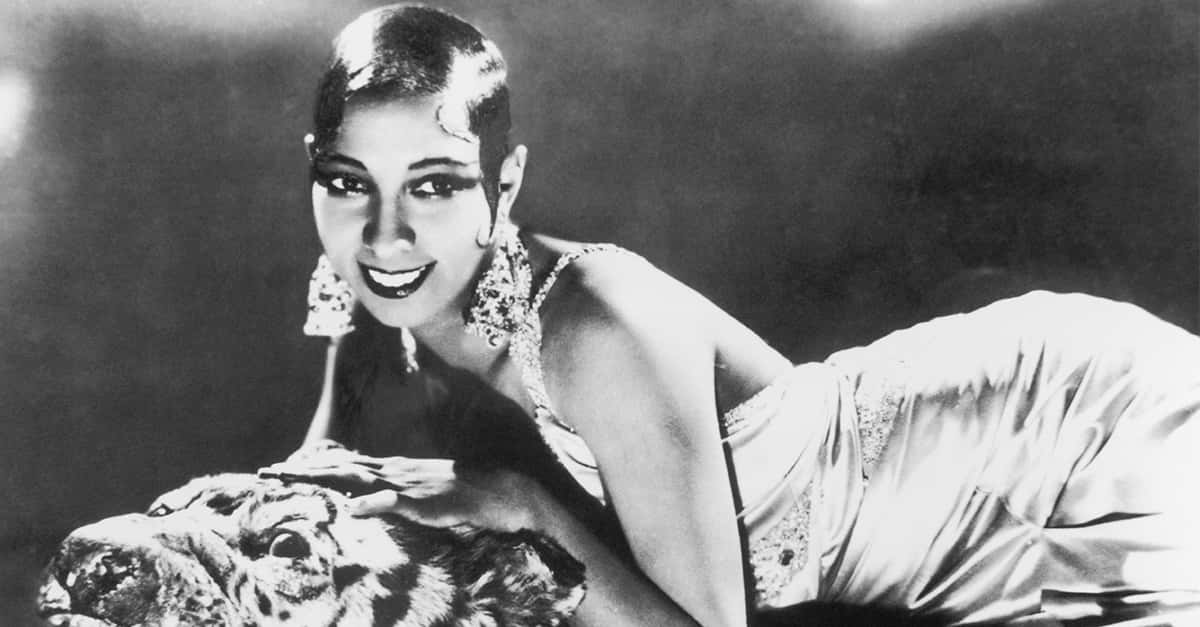In September 1963, weeks before the assassination of President John F. Kennedy, Lee Harvey Oswald made a now-infamous trip to Mexico City. This brief but puzzling trip fueled countless theories, speculations, and misunderstandings about Oswald’s motives and connections. What he hoped to accomplish is still one of the most debated aspects of the Kennedy assassination.
He Travelled To The Cold War Frontlines
Oswald arrived in Mexico City on September 27, 1963, traveling by bus from New Orleans. His destination wasn’t a vacation spot or a family visit, but the embassies of Cuba and the Soviet Union. The former Marine, known for his pro-Communist sympathies and brief defection to the Soviet Union in 1959, seemed intent on securing passage to Cuba and then the USSR.
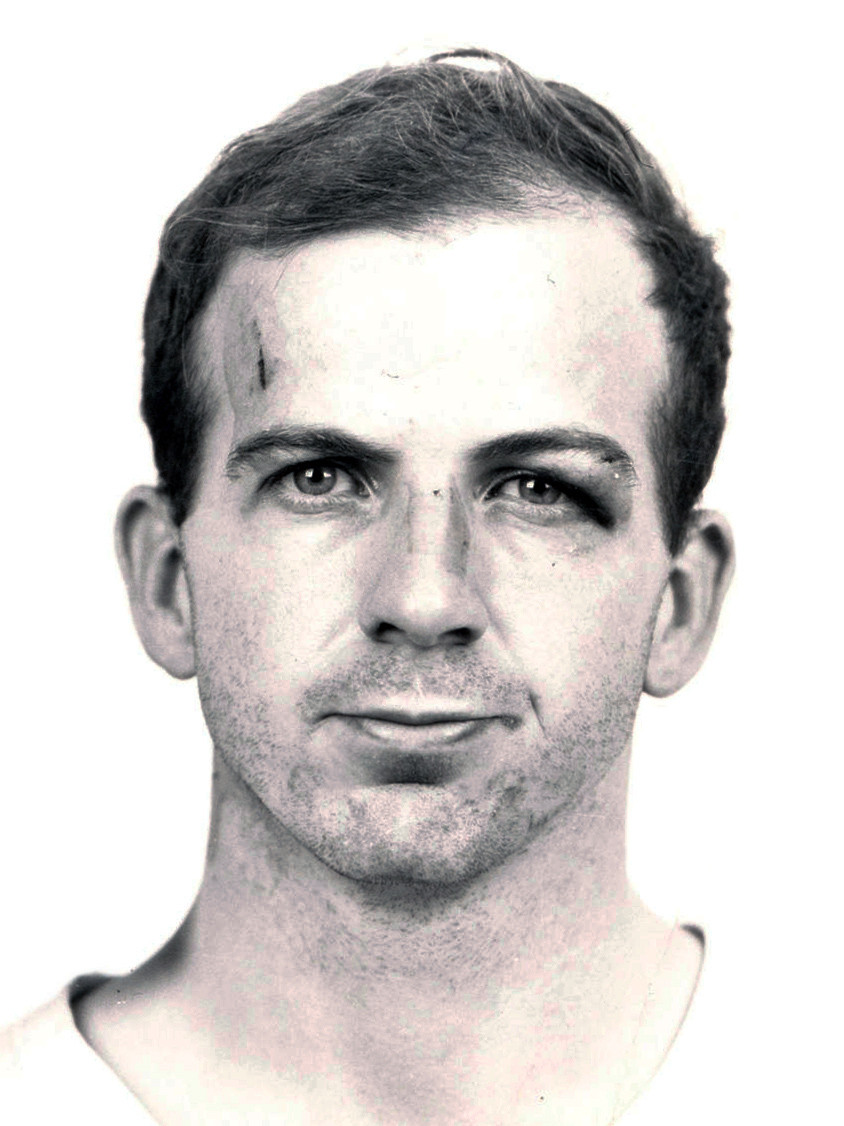 Dallas Police; Warren Commission, Wikimedia Commons
Dallas Police; Warren Commission, Wikimedia Commons
He Got Agitated
One of Oswald’s main goals in Mexico City was to obtain a Cuban transit visa, allowing him to travel through Havana en route to the Soviet Union. He visited the Cuban consulate on September 27 and again the next day, where he had a heated exchange with Cuban consul Eusebio Azcue, who told him he needed Soviet approval first. Oswald’s desperation led to a tense argument, with Azcue later recalling that the young American seemed unhinged.
He Got The Brush-Off
After his unsuccessful attempt at the Cuban consulate, Oswald tried his luck at the Soviet Embassy. He met with Valeriy Kostikov, a KGB officer known to US intelligence as a member of the 13th Department, responsible for “wet affairs” (assassinations and sabotage). Oswald’s requests were again denied, as the Soviets were wary of granting visas to defectors without extensive background checks. Frustrated, Oswald reportedly left the embassy in tears.
He Left A Confusing Trail Of Evidence
Oswald’s time in Mexico City left a confusing paper trail. Phone taps and surveillance photos captured evidence of his visits, but many other details remain murky. Some researchers have suggested that the CIA and FBI failed to properly assess the significance of his contacts, but others claim the agencies downplayed his connections to avoid a diplomatic crisis.
 Photographer not credited, Wikimedia Commons
Photographer not credited, Wikimedia Commons
Misconceptions And Misinformation
Numerous misconceptions about Oswald’s Mexico City trip have taken root. The most persistent is the idea that Cuban and Soviet agents instructed Oswald to assassinate Kennedy. However, the Warren Commission found no solid evidence of this. Later investigations like the House Select Committee on Assassinations (HSCA) in the 1970s, reached similar conclusions.
He Had A Mysterious Imposter
Another mystery involves reports that someone posing as Oswald made calls from the Cuban consulate to the Soviet embassy after Oswald had left Mexico City. Some theorists have seized on this as evidence of a broader plot, possibly involving intelligence operatives attempting to frame Oswald. However, no definitive proof of such a scheme has ever emerged.
He Went Home Disappointed
Oswald returned to Dallas on October 3, 1963, just 50 days before the assassination. He appeared disillusioned and angry, telling his wife, Marina, that his plans had failed. His movements after this point are a critical focus for researchers. He took a job at the Texas School Book Depository, the building from which he would allegedly fire the fatal shots at Kennedy.
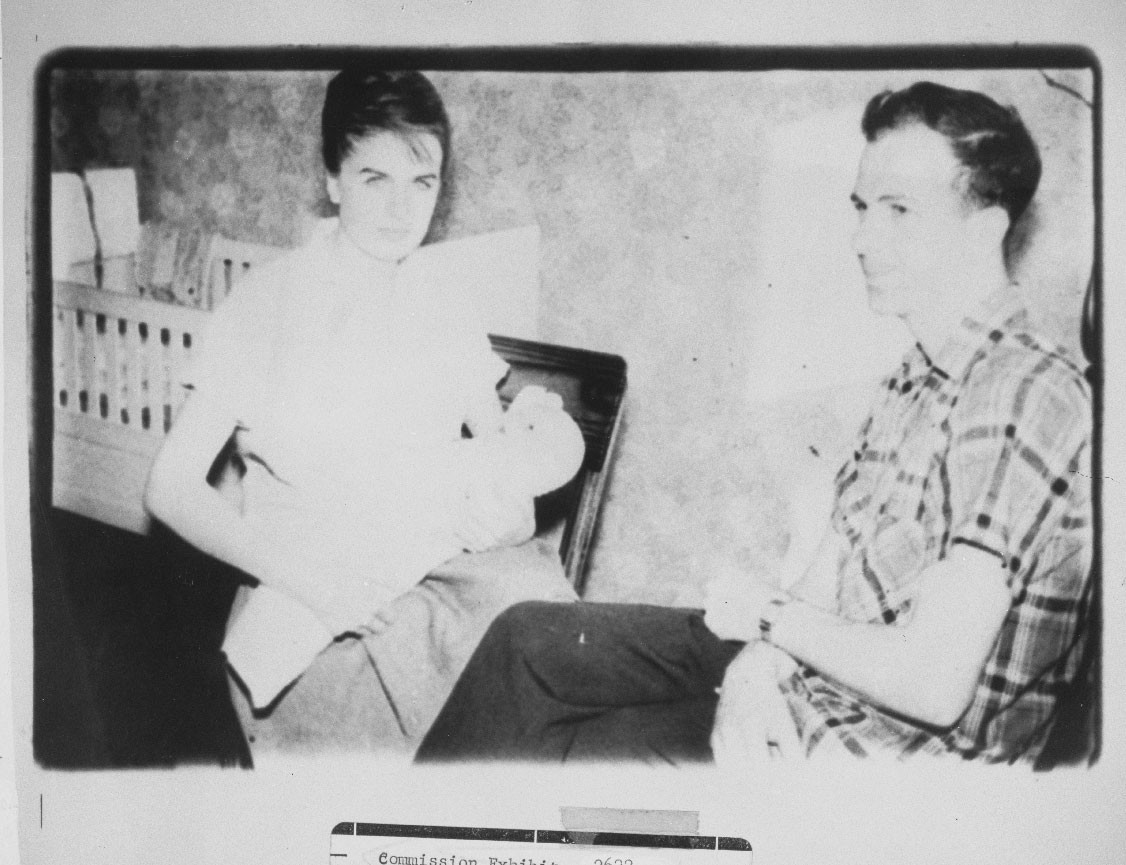 The U.S. National Archives and Records Administration, Wikimedia Commons
The U.S. National Archives and Records Administration, Wikimedia Commons
The Questions And Theories Persist
Despite extensive investigations, including the Warren Commission, the HSCA, and multiple independent researchers, Oswald’s Mexico City trip remains shrouded in mystery. The CIA’s reluctance to fully reveal its surveillance operations in Mexico City only fueled suspicions of a cover-up, leaving many to question if Oswald was the “lone gunman” or a patsy in a larger plot.
A Piece Of The Puzzle That Didn’t Fit
The Mexico City trip is one of the most intriguing and perplexing chapters in the JFK assassination saga. Whether it represents a missed warning, a failed attempt to defect, or a piece of a larger hidden conspiracy is a subject of intense debate. For many, it’s a key piece of the puzzle of one of the most significant events in American history.
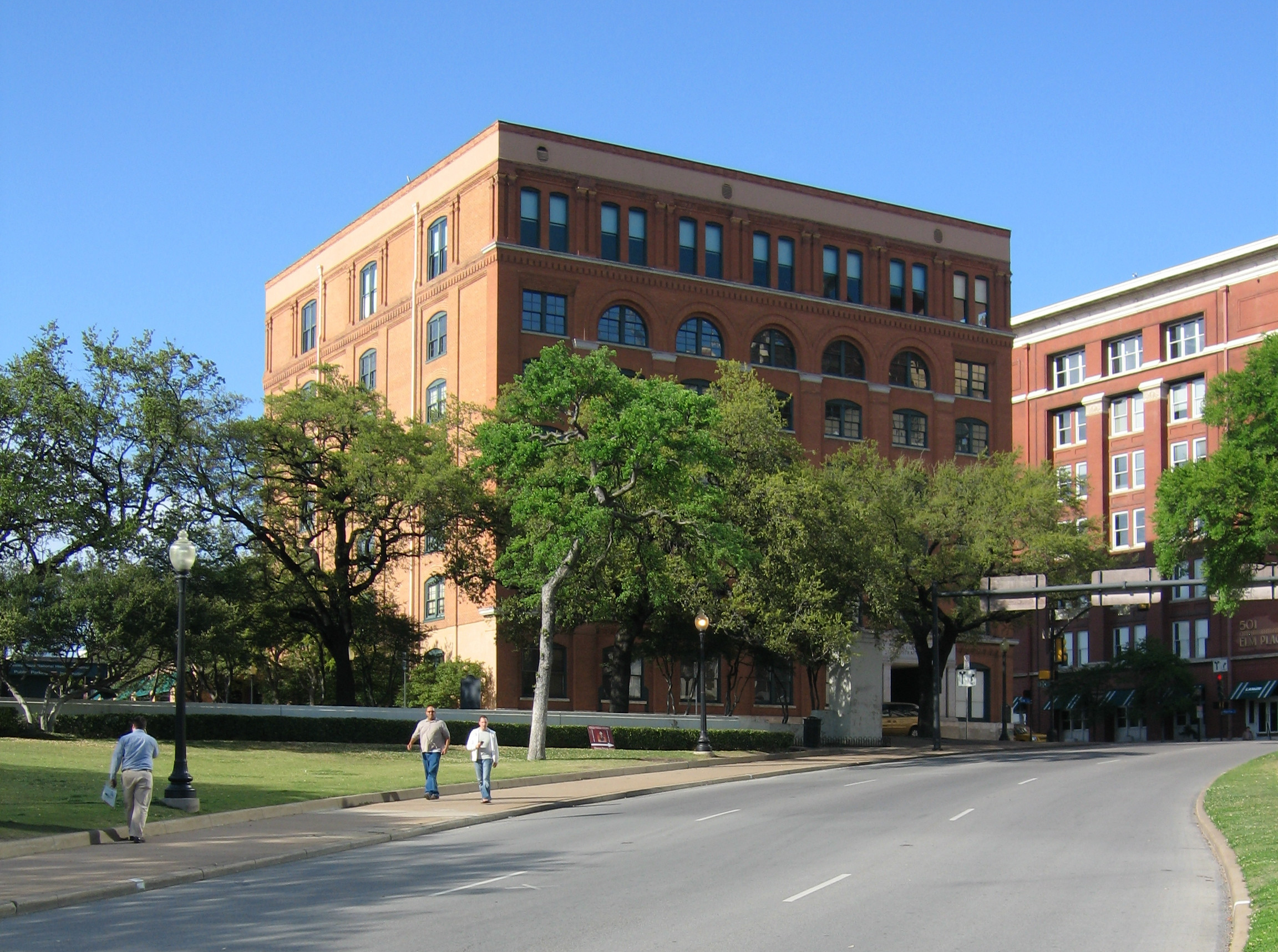 Jesper Rautell Balle, Wikimedia Commons
Jesper Rautell Balle, Wikimedia Commons

History's most fascinating stories and darkest secrets, delivered to your inbox daily.
A Big Historical Question Mark
While the real answers may never emerge, Oswald’s mysterious journey to Mexico City is critical to understanding his motives and the broader context of the Kennedy assassination. As new documents continue to be declassified, the truth may yet come into sharper focus. For now, it remains a question mark in the history of Cold War espionage and political intrigue.
You May Also Like:


